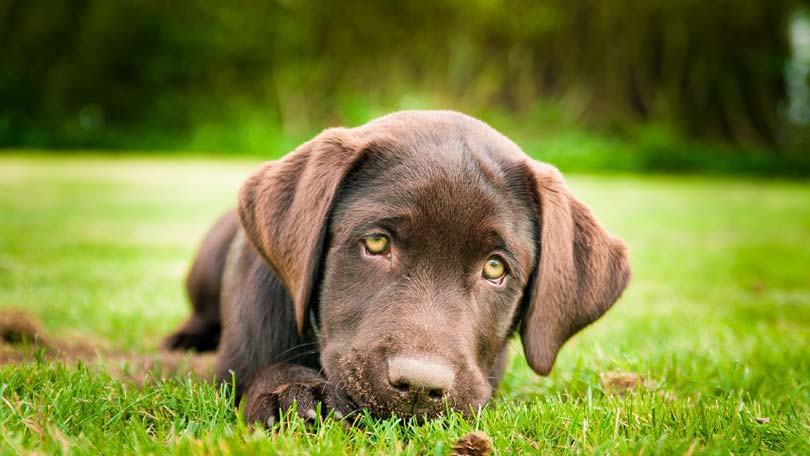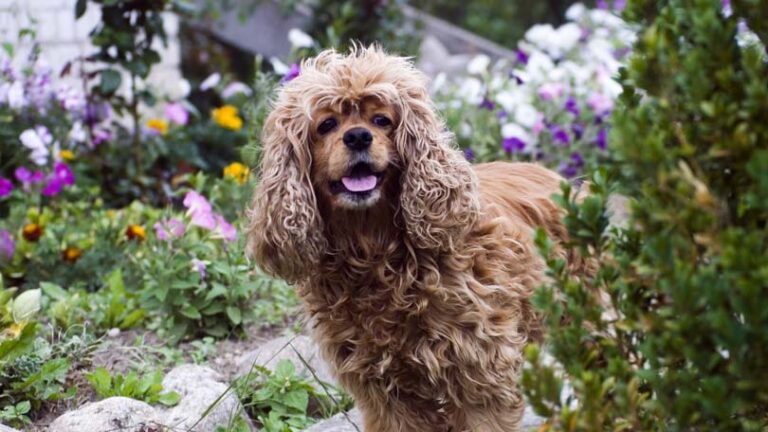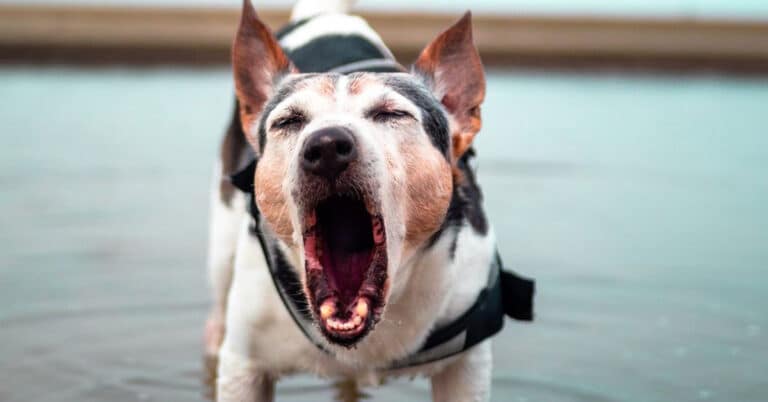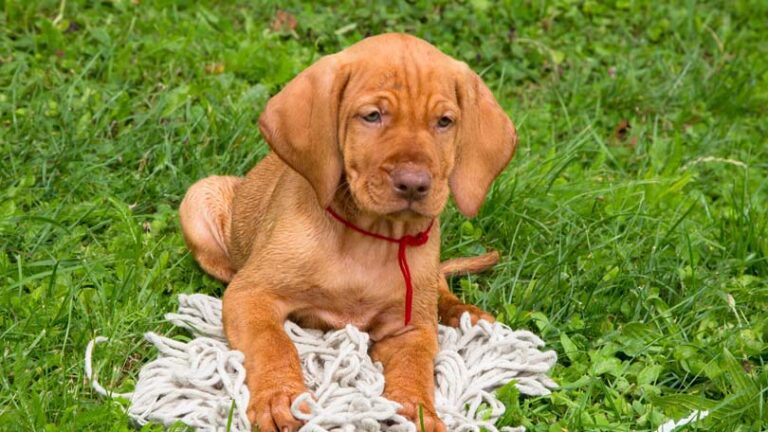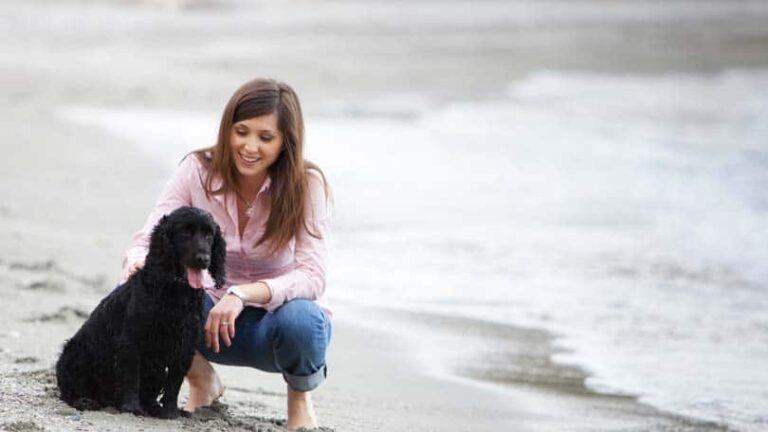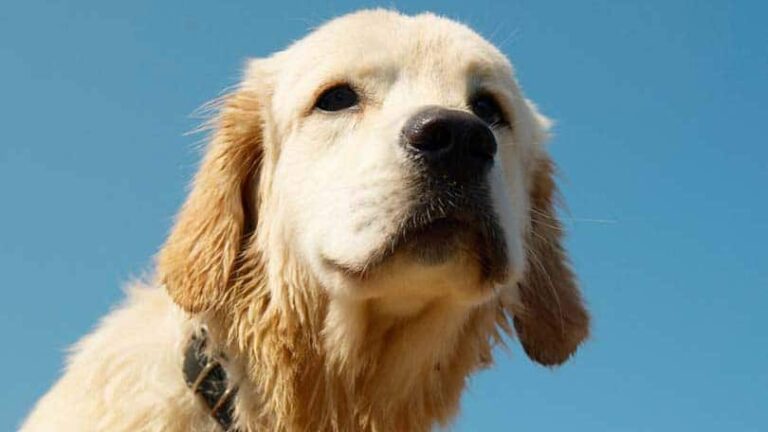Labrador Retriever Breed Profile
Gentle, intelligent, amiable, energetic, obedient, dependable, and easy going

History and Origin of the Labrador Retriever
Labrador retrievers did in fact come from Labrador, Canada, it is believed involving the breeding of the black St. Hubert’s hound of France, Portuguese working water dogs, Pointer-type breeds, and possibly indigenous dogs owned by the people of the area.
From this point, two breeds separated out of the one St. John’s Dog – the bigger, longer-haired Newfoundland dog and the smaller, shorthaired Labrador retriever. The smaller dogs were used to haul nets in for fishermen and soon made their way to England for the same purpose. Because of their natural swimming ability and retriever instinct, hunters quickly began using the breed as field dogs.
The breed eventually became extinct in its native Labrador while the English continued to evolve the various lines and eventually the three distinct colors subtypes through the 1800s. .
Origin of the Name
Originally, call the St. John’s Dog after the place it first appeared, St. John’s, Newfoundland, Canada. However, it has been suggested that the breed name actually came from the Portuguese word ‘lavradores’ or the Spanish ‘labradores’ meaning farm or rural workers. In the village of Castro Laboreiro, Portugal has working dogs that share a resemblance to the modern day Labrador Retriever.
AKC Show Standards *
General Appearance – The Labrador Retriever is a strongly built, medium-sized, short-coupled, dog possessing a sound, athletic, well-balanced conformation that enables it to function as a retrieving gun dog; the substance and soundness to hunt waterfowl or upland game for long hours under difficult conditions; the character and quality to win in the show ring; and the temperament to be a family companion. Physical features and mental characteristics should denote a dog bred to perform as an efficient Retriever of game with a stable temperament suitable for a variety of pursuits beyond the hunting environment.
The most distinguishing characteristics of the Labrador Retriever are its short, dense, weather resistant coat; an “otter” tail; a clean-cut head with broad back skull and moderate stop; powerful jaws; and its “kind,” friendly eyes, expressing character, intelligence and good temperament.
Size
The height at the withers for a dog is 22½ to 24½ inches; for a bitch is 21½ to 23½ inches. Any variance greater than ½ inch above or below these heights is a disqualification. Approximate weight of dogs and bitches in working condition: dogs 65 to 80 pounds; bitches 55 to 70 pounds.
Skull
The skull should be wide; well developed but without exaggeration. The skull and foreface should be on parallel planes and of approximately equal length. There should be a moderate stop–the brow slightly pronounced so that the skull is not absolutely in a straight line with the nose.
Nose
The nose should be wide and the nostrils well-developed. The nose should be black on black or yellow dogs, and brown on chocolates. Nose color fading to a lighter shade is not a fault. A thoroughly pink nose or one lacking in any pigment is a disqualification.
Teeth
The teeth should be strong and regular with a scissors bite; the lower teeth just behind, but touching the inner side of the upper incisors. A level bite is acceptable, but not desirable. Undershot, overshot, or misaligned teeth are serious faults. Full dentition is preferred. Missing molars or pre-molars are serious faults.
Ears
The ears should hang moderately close to the head, set rather far back, and somewhat low on the skull; slightly above eye level. Ears should not be large and heavy, but in proportion with the skull and reach to the inside of the eye when pulled forward.
Eyes
Kind, friendly eyes imparting good temperament, intelligence and alertness are a hallmark of the breed. They should be of medium size, set well apart, and neither protruding nor deep set. Eye color should be brown in black and yellow Labradors, and brown or hazel in chocolates. Black, or yellow eyes give a harsh expression and are undesirable. Small eyes, set close together or round prominent eyes are not typical of the breed. Eye rims are black in black and yellow Labradors; and brown in chocolates.
The coat is a distinctive feature of the Labrador Retriever. It should be short, straight and very dense, giving a fairly hard feeling to the hand. The Labrador should have a soft, weather-resistant undercoat that provides protection from water, cold and all types of ground cover.
Tail
The tail is a distinguishing feature of the breed. It should be very thick at the base, gradually tapering toward the tip, of medium length, and extending no longer than to the hock. The tail should be free from feathering and clothed thickly all around with the Labrador’s short, dense coat, thus having that peculiar rounded appearance that has been described as the “otter” tail.
Movement
The Labrador Retriever should be free and effortless.
Temperament
True Labrador Retriever temperament is as much a hallmark of the breed as the “otter” tail. The ideal disposition is one of a kindly, outgoing, tractable nature; eager to please and non-aggressive towards man or animal. The Labrador has much that appeals to people; his gentle ways, intelligence and adaptability make him an ideal dog.
* Copied in part from the American Kennel Club breed standard
Color
There are three universally recognized colors for Labradors retrievers: black, yellow and chocolate. Black Labs are entirely black with black pigmentation in their nose and eye rims. Yellow Labs range from near white to a dark gold or ‘fox red’ color and are most often born with black noses and eye rims. Chocolate Labs range from medium to dark brown with matching nose and eye rims.
Most Lab noses lighten with age, called ‘snow nose’ or ‘winter nose’. It is due to the body being unable to produce as much of the enzyme tyrosinase as the dog ages. Production is seasonal as well with even less of the enzyme produced during the winter.
The pigmentation within yellow Labs can vary greatly depending on their genetic make up. There are even yellow Dudley Labrador retrievers that have flesh colored lips and noses but these are very rare.
A litter of pups can contain all three colors depending on the genetic make up of the parents. Two genes are involved with determining color – the B locus which determines the pigment density within the coat and E locus whether the pigment is produced at all. A dog with little of the E allele will be yellow no matter how much of the dominant B locus is in their genes. Other genes control the other aspects of coloring.
Temperament
Happy, laid back, easily trained, and natural comics, Labrador retrievers make wonderful pets. They are gentle with children, other animals, and have a natural ability to judge who can handle the enthusiastic side of their personality and who needs a gentler, calmer companion.
Labs do not begin to mature until they are over three years old and can be a handful to train prior to then. Consistent, non-permissive owners that use positive reinforcement and exercise their dogs sufficiently have the best luck controlling the high energy Lab.
Due to their happy-go-lucky nature, Labs do not always make the best guard dogs although their exuberant behavior will alert owners to someone on the property. Some Labs will learn to bark to get their attention but in general, they tend to be a quiet breed.
The Field Labrador Retriever
Labrador retrievers were originally bred to be gun dogs and continue to work as well in the field as they do as guide dogs or therapy dogs.
Like many working breeds, the breed lines of Labradors split between the calm, goofy, and happy family pet we see at the dog park or dog shows and the more athletic, intense field Labrador retriever that is bred true to the original purpose of the breed. Both dogs share the same good-natured personality but the pet bred Lab is the sedan model while the field bred Lab is distinctly a sports car packing a surprising amount of power underneath its hood. The field bred dogs are sometimes known as an American bred Lab while the show and pet bred dogs tend to be called English bred. The English bred dogs are shorter in leg, heavier in bone, a shorter body and a thicker tail and coat as well as wider foreheads and a more powerful neck. In comparison, the American or field Lab has a longer, racier, more athletic build, a finer head, and a longer muzzle – important if you are to carry a large duck for any great distance.
Their uniquely soft mouth, reportedly gentle enough to carry a raw egg without breaking the shell, are particularly favored by hunters as they do not damage the bird while retrieving it from the water. The thick, double coat of the Lab helps keep them dry while swimming, protecting them against the cold water.
The Working Labrador Retriever
Labrador retrievers are widely used in various types of work. Most commonly associated with the guide dog, Labs are often seen as assistance dogs, hearing dogs, carting, and therapy dogs. Labs are also used as search and rescue dogs, sniffer or detection dogs, and tracking dogs by various emergency and law enforcement agencies.
Working Labs are often bred with either Golden Retrievers or, as of recently, Standard Poodles, to develop working dogs that have fewer medical concerns.
Life Span & Health of the Labrador Retriever
The life span of a Labrador retriever is between twelve and thirteen years if kept at an optimal weight and exercised regularly.
Medical issues within Labrador retrievers include:
- Hip and elbow dysplasia is common in the breed and all breeding should be x-rayed before reproducing.
- Certain lines of labs suffer from luxating patella
- Due to the heavy earflap blocking airflow and trapping moisture and heat, ear infections are common in the breed.
- Obesity is a problem in the breed
- Hereditary myopathy can develop in older dogs
- Autoimmune disease, deafness, cataracts, progressive retinal atrophy, corneal dystrophy, and retinal dysplasia can affect Labs
Labrador Retrievers in Art
Famous painter, Edwin Landseer, painted ‘Cora. A Labrador Bitch’ in 1823. It is believed this is the first painting of a Labrador to be completed and appropriately labeled as such.
In 1856, ‘Nell’, the Earl of Home’s dog, was photographed and described as both a Labrador and a St. John’s Dog.
Not quite art but Cottonelle toilet tissue has had a yellow Lab puppy as their advertising symbol since 1972.
Famous Labrador Retrievers
- The world’s most decorated dog was a yellow Lab named ‘Endal’. Before his death in March of 2009, he spent his life as a service dog for owner/handler Allen Parton. He earned several distinctions in his life including the PDSA’s Gold Medal for Gallantry and Devotion to Duty when, in 2001, he placed his owner in a recovery position (although he had never been trained for this), grabbed his owner’s cell phone and put it by his ear, fetched a blanket and then barked to draw the neighbor’s attention. A movie is currently in production about his life.
- Counterfeit detection dogs ‘Lucky’ and ‘Flo’ drew the world’s attention after sniffing out 2 million counterfeit DVDs in Malaysia over a six-month span in 2007. They were awarded Malaysia’s ‘outstanding service award’. However, there is not a £30,000 contract out on their lives from the DVD pirates they imprisoned.
- Former President Bill Clinton had Labradors ‘Buddy’ and ‘Seamus’ while current Russian President Vladimir Putin shares his office with ‘Koni’.
- A yellow Lab named ‘Marley’ is the currently the most famous dog on the big screen but made a name for himself first in the book written by his owner John Grogan called ‘Marley & Me’.
- Long before Marley, there was ‘Luath’ in ‘The Incredible Journey’.
Lab Facts
- Labrador Retrievers are considered the world’s most popular breed.
- Labs are the most popular assistance dogs in the US and Australia and approximately 60 to 70% of guide dogs are the US are Labs.
- In the US prior to 1928, there were only 23 Labradors registered by the American Kennel Club but the publication of an article in the American Kennel Gazette
called ‘Meet the Labrador Retriever’ saw a significant rise in numbers. - The first yellow Lab was born in 1899 to the kennels owned by Major C.J. Radcliffe and the first chocolate was born in 1930s although dogs with liver
spotting had been recorded as early as 1892. - The Kennel Club recognized the Labrador retriever in 1903 and the American Kennel Club registered its first Lab in 1917.

Having discovered a fondness for insects while pursuing her degree in Biology, Randi Jones was quite bugged to know that people usually dismissed these little creatures as “creepy-crawlies”.

